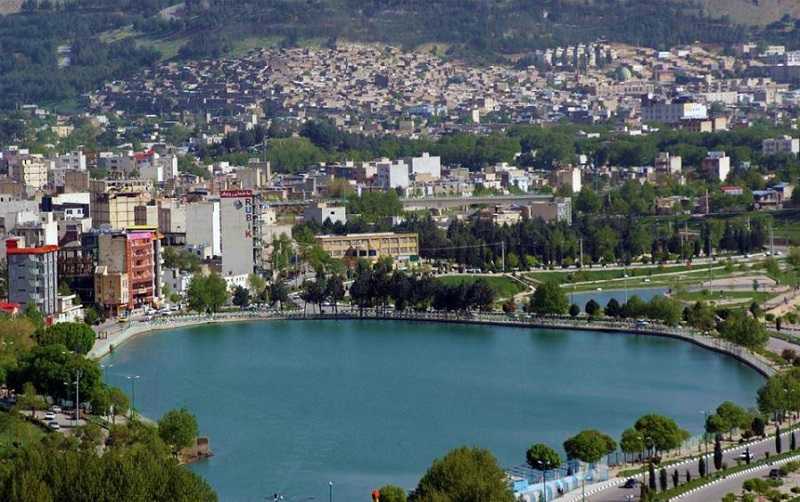Khuramawa is one of the major cities of the Zagros area in the East part of Kurdistan and the center of Lorestan Province. The people of Lor and Lak live in Khuramawa. The basic dialect of this city is Khuramawa Lori but there are many common words among Lori and Laki.

Geography
Khuramawa is located at an altitude of 1147 meters above sea level and between the Zagros valleys.
The city is 193 kilometers from Kermashan (Kermanshah), 246 kilometers from Ilam, 317 kilometers from Sina (Sanandaj), and 711 kilometers from Urmia.
The city of Khuramawa is located in a beautiful valley. The presence of many springs and various historical monuments has made the city an important historical and natural tourist destination.
There are many tourist attractions around the city, including Shoraw Forest Park in the south and Makhmal Kew Forest Park in the north.
According to the Census Bureau of Iran in 2016, the population of this city was estimated at 373, 500 people.
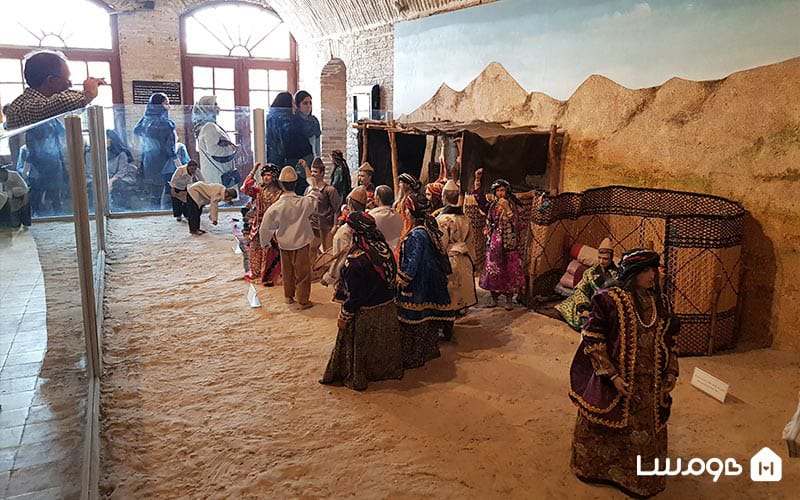
Lorestan Waterfalls
Lorestan Province is famous for having 50 seasonal and permanent waterfalls. Good rainfall, the presence of watery rivers, and various springs are among the reasons for the creation of these waterfalls, which have given a special view to the province.
Many of these waterfalls are located in Khuramawa and this is one of the main reasons for attracting tourists to the area.
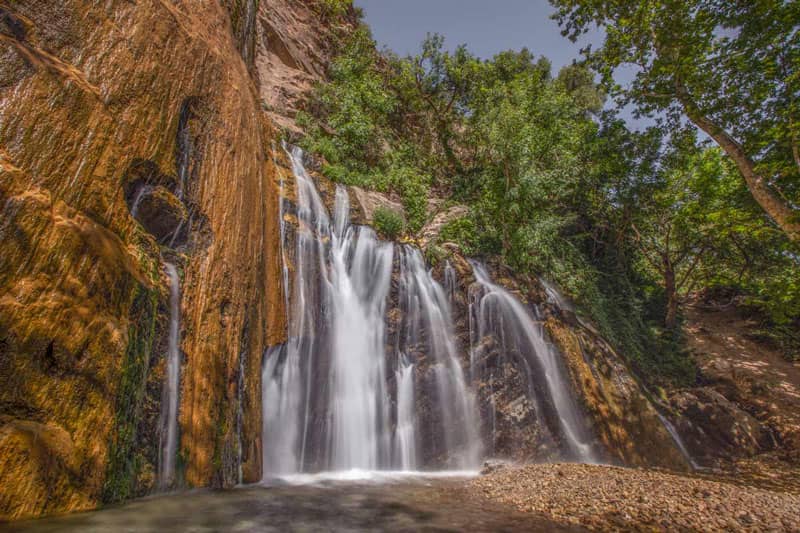
History
In the present place of Khuramawa and during the Elamese period, there was a city called Khaydalu and the city of Shapurkhast was built on the order of Shapur II on its ruins. The ancient monuments show that Khuramawa was one of the most important cities of the Sassanid era and the castle of Falakulaflak is a symbol of this city.
There are a variety of historical and natural tourist attractions in Khuramawa including; the Ajori Minaret, Shapuri Bridge, Gerdaw Stone, Bardanousaw, and Lake Kew…. For the first time in Iran, the city has been chosen by the United Nations Regional Office as a tourist destination.
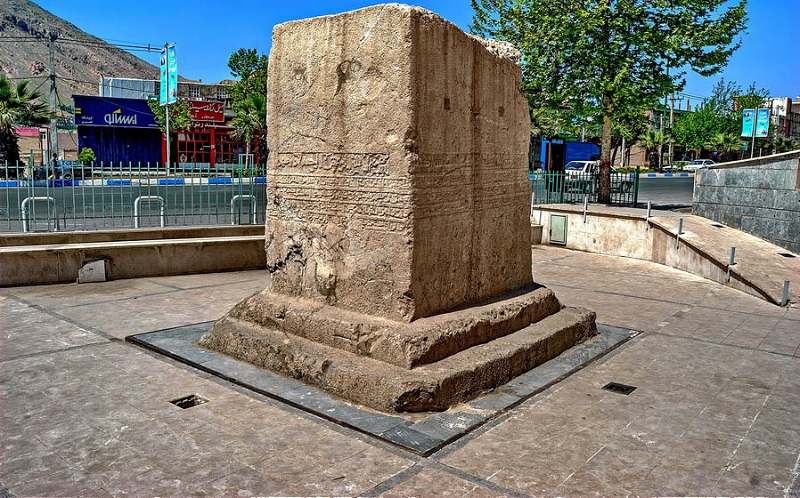
The Castle of Falakulaklak
This castle is located on a hill dominating Khuramawa near the river and in the center of the city. This castle is the most important and remarkable historical and tourist heritage of this city. The history of this castle dates back to the "Sassanid era".
Throughout history, Falakulaflak has been known by many names such as the Castle of Shapurkhast, Khuramawa Castle, Twelve Towers, and Ataban Palace. This castle has been known as Falakulaflak since the time of the Qajar.
The origin of this castle goes back to the Sassanid era. The Sassanids built a city called Shapurkhast near the present-day area of Khuramawa which was later destroyed and was replaced by today's Khuramawa around the 7th century.
It is suspected that the castle of Falakulaflak is the same castle of Shapur that was used for governmental and military purposes at the time.
The fort was designated as the center of the government of Al Hasanueh and the Ganjvar at the time of "Al Buyid".
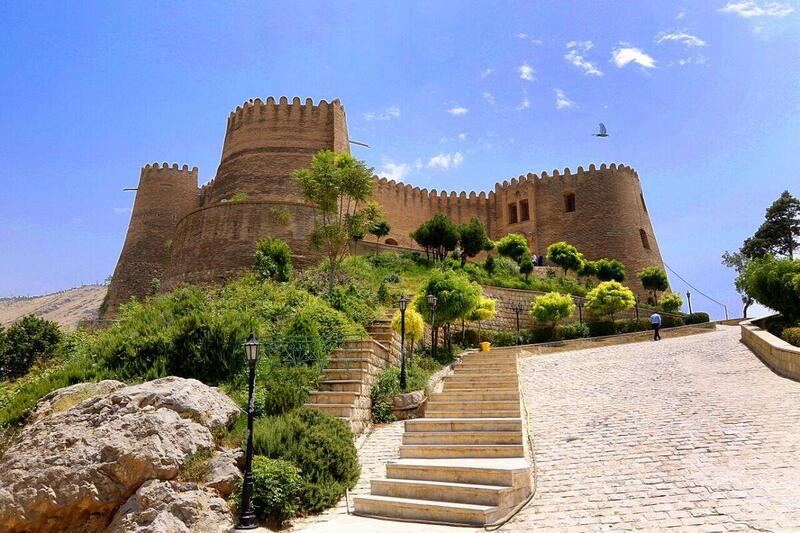
In the past, this fort has had the following functions: "The treasury of the Badr dynasty during the 4th century, the center of government during the Atabakan Lor and the Lorestan lords during the Safavid and Qajar dynasties, and military barracks and political prison during the first and second Pahlavi period."
This valuable heritage was handed over to the Ministry of Culture and Art of Iran in 1969. Then in 1975, a museum of anthropology was opened in this castle.
The Falakulaflak Museum is inside the castle and it began its activities during the Pahlavi era but it stopped its activities after the Revolution of the Iranian people in 1979.
The museum reopened after the Iran-Iraq war in 1988. It was closed down once more in 2006, 2007, and 2008 due to lack of services and budget. More than 50 historical monuments are preserved in this museum.
Conclusion
For travelers who love beautiful nature while also enjoying historic sites, Khuramawa is the best option. It is worth noting that this area has a special culture and the people of this city are well-known for their hospitality.

